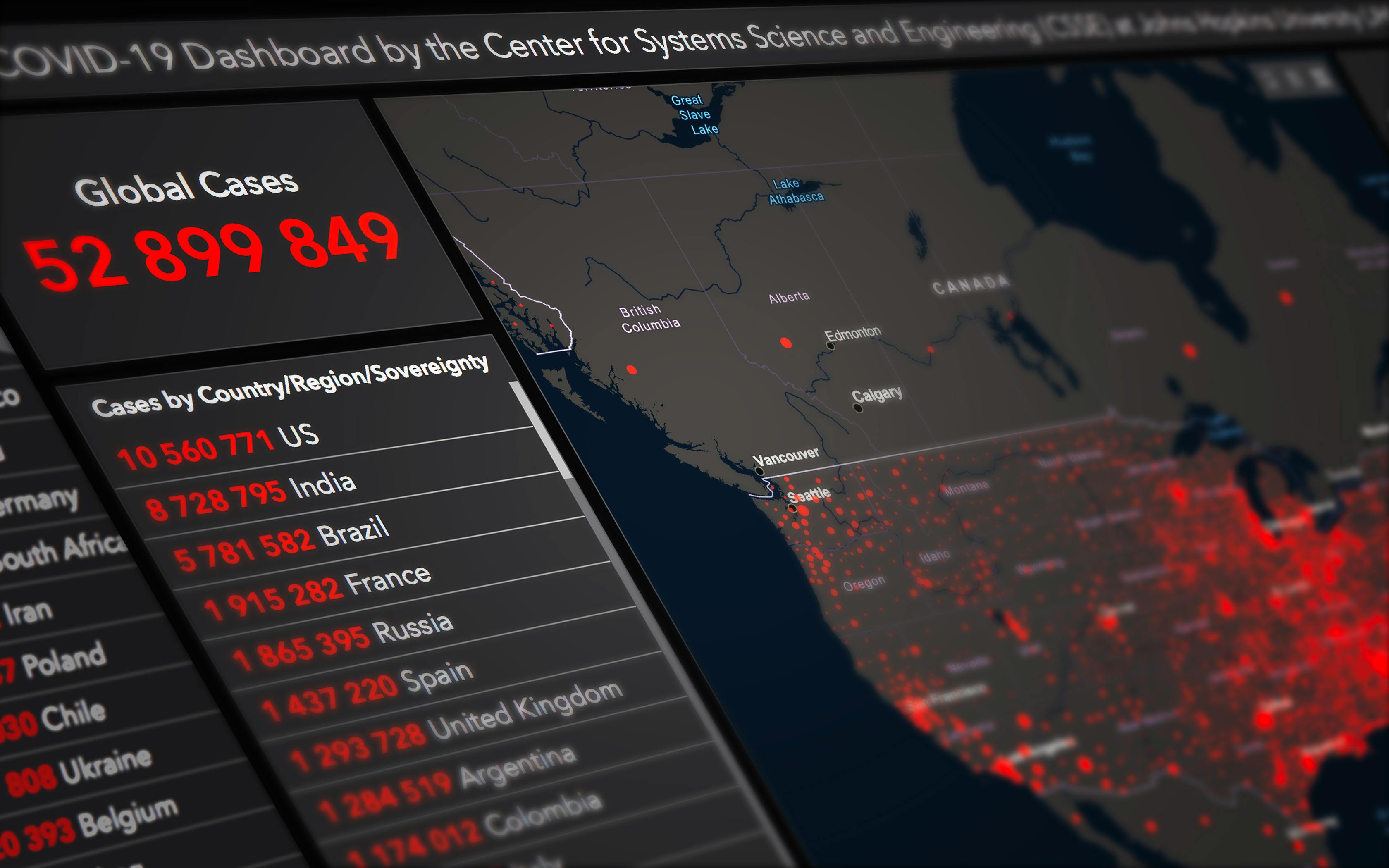Today, the focus of organizations is that learning needs must be adapted to the modern work environment, which means supporting continuous learning rather than discrete learning events. With infrastructure and devices becoming faster, more affordable and smarter, people are more likely to adopt different types of mobile technologies. According to research, there are about 2.53 billion smartphone users worldwide and this number is expected to rise to 2.87 billion by 2020. [Source: statista.com/statistics/330695/number-of-smartphone-users-worldwide/].
Mobile learning is delivered on a smaller screen compared to traditional desktop learning and is mostly useful for people who are on the go. This results in making the most of bite-sized content that is quick to access, easy to digest, and easy to retain. Modern students use different mobile apps to learn at their own pace of time and place. App learning does not require an internet connection to download the course. Due to this flexibility, mobile apps are becoming an important content delivery format, especially for microlearning.
The use of mobile learning applications is trending now
When you choose to watch a video or access a podcast, you are creating a learning opportunity. If you do it through mobile technology, it will be considered an engaging e-learning experience. There is so much that can be achieved through mobile technologies using different communication channels. Here are some of the popular approaches that help deliver an engaging mobile learning experience:
• Searchable references can be created to encourage students to explore relevant content sources (such as Wikipedia) or design their own wikis.
• Different types of checklist applications can be installed to plan the tasks that need to be done.
• Podcasts can be used to deliver content through audio presentations from subject matter experts.
• Audiobooks covering specific topics can be downloaded to improve your knowledge even on the go.
• Expert videos can also be shared over public or private networks on your personalized mobile devices.
• Even the camera function of mobile devices can help take photos in the workplace to send to mentors to verify established training standards, such as workplace safety.
Mobile apps allow learners to access training material when and where they need it. For example, sales staff can access short training modules before dealing with potential customers. They may forget what they learned a week earlier, but microlearning can improve their knowledge retention by 40-50%. They can review the same content on the day they launch sales through their personalized devices to ensure they are better prepared. Certainly, the future of e-learning will go beyond the traditional classroom environment and be mobile and flexible to accommodate personalized learning styles and preferences.




Recent Comments